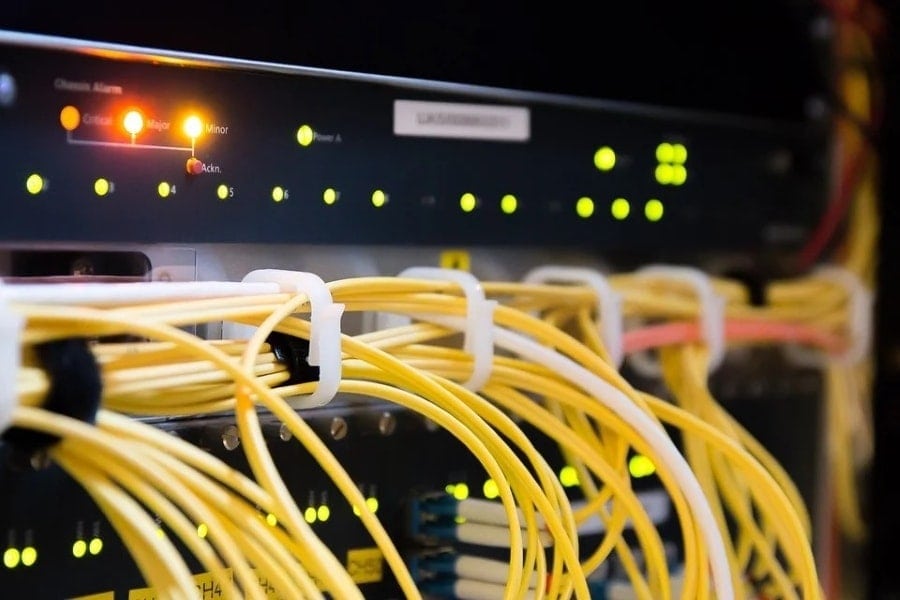Packet inspection is key to network security. It acts like a digital detective. It checks every data packet that crosses a network for threats. In simple words, this has two parts. One is header analysis. It checks the source and destination IPs and port numbers for communication info. The second is payload analysis. It scans the actual packet contents for harmful patterns or anomalies. Packet inspection is used to detect malware, phishing, intrusions, and data theft. Tools used to support such techniques are NIDS, firewalls, and packet sniffers. Then there comes the advanced technique called stateful inspection. It provides better accuracy by considering packets in the context of ongoing sessions. Though effective, efficiency has suffered from poor performance, evasion tactics, and false alarms. However, newer technologies in packet inspection, like AI, have improved detection. They include behavioral monitoring and zero-trust security principles. These technologies also protect an organization’s network and critical data.
Effective Techniques for Threat Detection
Firewall devices are important in network perimeter security through different detection techniques. Signature-based detection compares incoming traffic to known attack signatures. It effectively blocks known threats but struggles with zero-day attacks. Anomaly detection monitors traffic for abnormal patterns. It protects against unknown threats. But, it may have more false positives. Regular updates keep firewalls up-to-date. These include firmware patches, signature databases, and cloud-based threat intelligence. NGFWs, IDS/IPS, and WAFs improve security. A multi-layered security approach, regular updates, and monitoring are key. They are vital to combat threats like zero-day exploits, APTs, and IoT flaws.

Filtering and Blocking Malicious Traffic
Firewalls filter and block malicious traffic. Packet filtering inspects packet headers, but it’s less effective against sophisticated attacks. Stateful Packet Inspection (SPI) monitors active sessions and blocks spoofing and port scanning. Application layer filtering uses Deep Packet Inspection (DPI). It analyzes packet contents and blocks specific apps or protocols.
Firewalls block traffic by using:
- IP address blocking
- Port blocking
- Protocol blocking
- URL filtering
Intrusion Prevention systems block attacks like DDoS and port scans. Networks are safe from zero-day exploits, APTs, and IoT flaws. It uses advanced firewalls, cloud security, and a layered security approach.
Importance of Logging and Reporting
Firewall devices log network events. These logs help security teams identify threats, investigate incidents, and assess security effectiveness. Firewall devices log IPs, port numbers, protocols, timestamps, packet sizes, and alerts. Log analysis finds breaches, investigates attacks, and spots anomalies. Centralized logging, retention policies, and SIEM solutions improve log management. Machine learning, statistical analysis, and behavioral monitoring enhance threat detection. Log correlation and enrichment provide insights into complex incidents. Effective log analysis requires volume, speed, and experienced analysts. Regular log review strengthens defenses and improves incident response.
Advantages of Firewall devices in Security
Firewall devices offer strong protection, high performance, and advanced features. They block malicious attacks, hacking attempts, and data breaches in real-time. Firewall devices process traffic efficiently. They support advanced features like DPI, IDS/IPS, and WAFs. They also provide secure remote access through VPN support. The hardware firewall offer central management, scalability, and high availability. They require regular updates, strong security policies, and professional management. Though costly, firewall devices protect assets and ensure data and network security.


